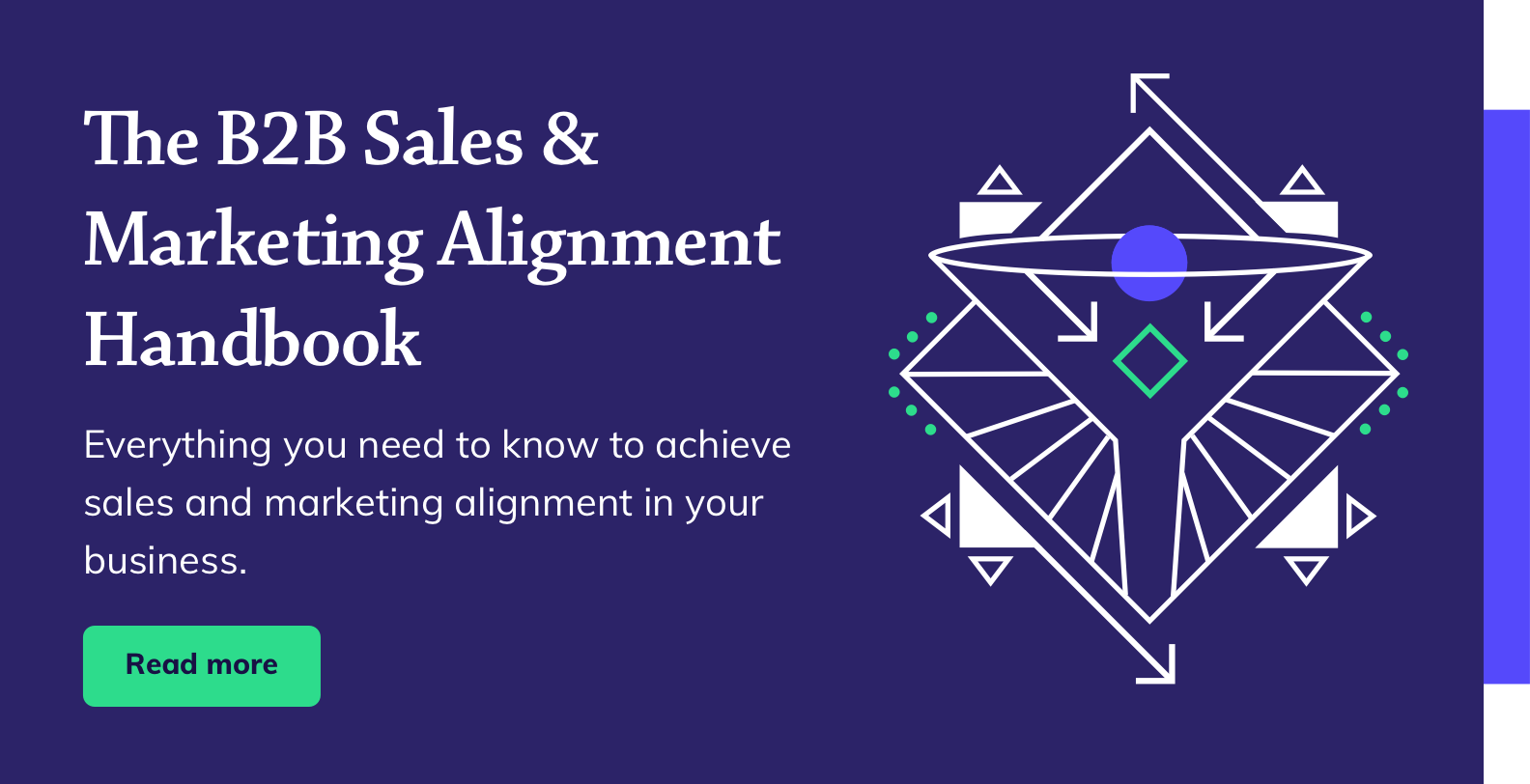A great customer experience can win in even the most contested markets. Creating one starts with unifying technology and data to create a single customer view.
In most industries there is no shortage of competitors offering similar products and services all vying for the same customer budgets. It's not always possible to have a truly, meaningfully differentiated offering. But it isn't always necessary either. More than ever, the businesses that grow the fastest are the ones that disrupt the customer experience space more so than the product or service space.
In a recent study Gartner found that 80% of 'market-leading' organisations expect to compete mainly on customer experience in 2019, demonstrating that improving customer experience matters as much as, if not more than, product leadership.
It isn't only market leaders, SaaS companies or those with physical products who can benefit from disrupting the customer experience, or have the need to. Any business can and should make it as easy as possible to do business with them - right from the point of first discovery all the way through to loyal customer with the power and potential to refer new customers.
The crucial ingredient in creating a market-beating customer experience, in every case, is a single customer view.
What is a single customer view?
A shared, reliable and consistent set of data about all contacts, not just customers, that gives any relevant team accurate, up-to-date information about any contact or account that they may be servicing, at any time. Nominally, team members should be able to view this information in the systems they use daily, without having to double-check anything, log into alien systems, or consult colleagues.
A single customer view ensures that differing and conflicting versions of the same individual or company do not occur within the organisation.
The goal of creating a single customer view is to enable people across departments and functions to make decisions and act with confidence at all times when working with prospective or current customers. This goal applies equally to the marketer choosing how to nurture prospects, the rep helping a lead to purchase, and the agent providing service to a live account.
From the customer perspective, the hand-off and transition between these functions should be seamless and invisible if you want to reduce friction, decrease drop-outs and maximise revenue. After all, to the customer, there is just one company, not a collection of different departments, systems and processes.
How to achieve a single customer view
A single customer view is, essentially, a collection of well-integrated systems, between which relevant data can flow so that whenever a contact is in more than one of them the information about them is the same in all. By definition, contacts should be present in the relevant systems at the relevant time without manual intervention.
The easiest ways to achieve a robust single customer view are to either create a dedicated, central customer data platform or to build a system in which data about all contacts is circulated and kept in sync. Often, this is not possible or desirable given the costs involved.
It is reasonable therefore, initially anyway, to throttle the information that passes from system to system. A logical way to apply this is to align it to the funnel, with the largest database of contacts at the top of the funnel and progressively smaller ones as you move along the customer journey though sales and support. When throttling the flow of data forward, along the path to purchase, take care to make sure that data about the same contacts can always flow back - there is nothing worse than a contact being passed, for example, from marketing to sales only for changes made by the sales team not to be reflected in the marketing team's view of that data.
Approaches to systems integration
Integration between systems has become increasingly common as the number of customer experience technologies available, and the average number of technologies used by businesses to manage customer data have risen, sharply.
But even when native connections (integrations developed by one of your vendors) exist between systems, integration is rarely a trivial or simple process. A multitude of factors can frustrate the process, such as dirty data, apparent business requirements around specific processes, incumbent methods of operation and more. Actually achieving a single customer view invariably involves some combination of education/re-training, internal negotiation, process change and, ultimately, compromise.
Whether you are using native, commercially available third-party, or custom-developed integrations, a thorough understanding of each systems' information architecture and operational philosophy is required. Technologies should be selected not just for features and functionality but for compatibility, and careful entity relationship modelling should be completed before attempting to configure or develop anything.
The platform approach to a single customer view
One way to simplify the creation of a single customer view is to build out as much as possible of your core customer-facing operations on a single platform, like HubSpot, Salesforce or Oracle.
A unified platform approach reduces the number of independent databases required, eliminating the need to align conflicting information architectures, solving the problem of creating robust unique identifiers for contacts and companies, and avoiding paying multiple times for the same data.
Crushing your customer experience
Whichever way you go about creating your single customer view, by integrating systems or building on a platform, success could be transformational for you company.
Make sure you take your people on the journey, toward a single customer view and an improved customer experience, with you - as your people are an essential component in a great customer experience and a robust single customer view will make it easier for them, and them happier, to deliver one.





